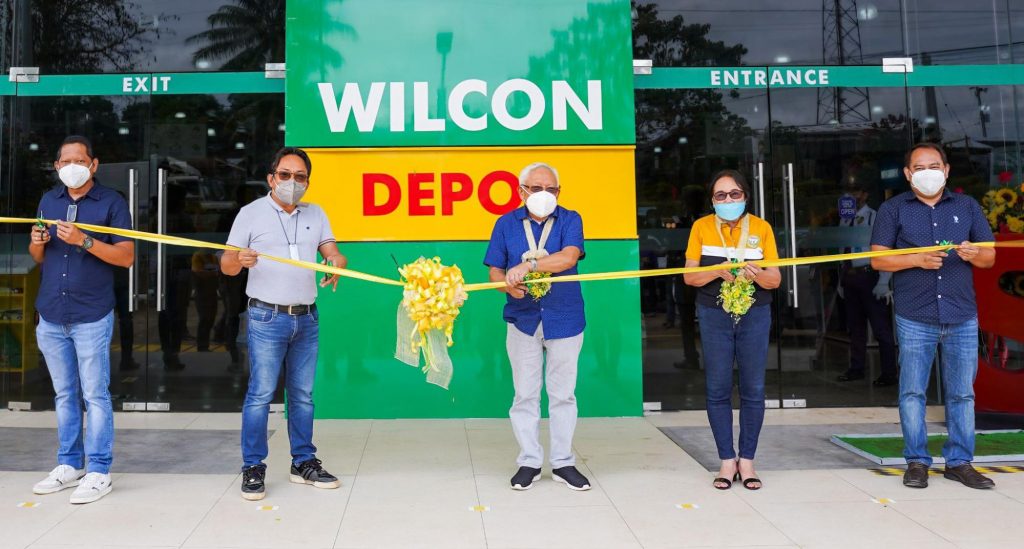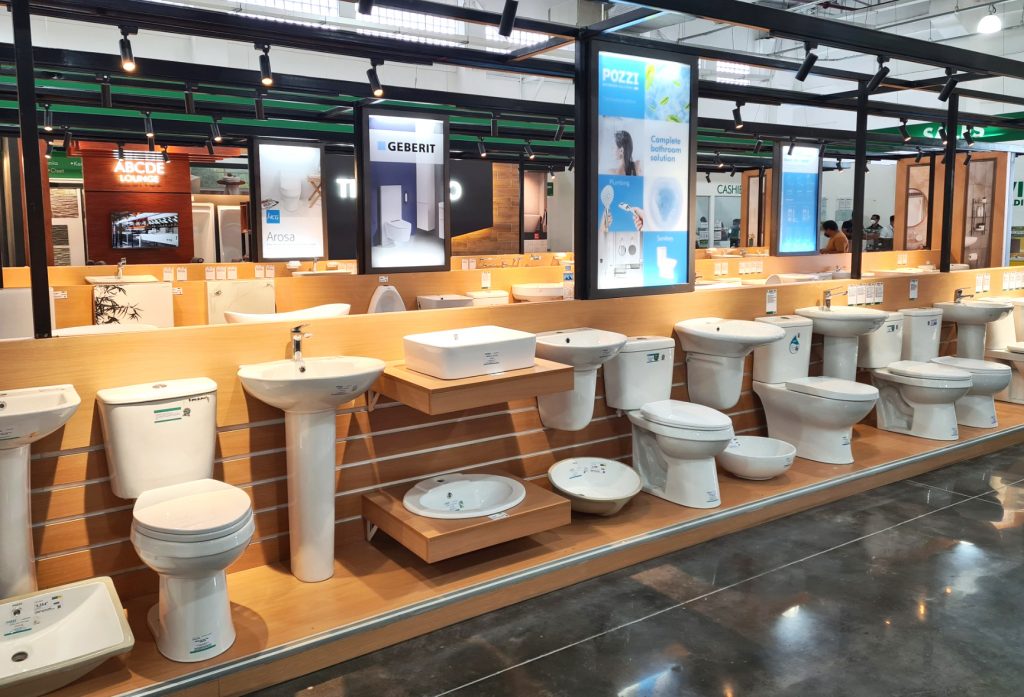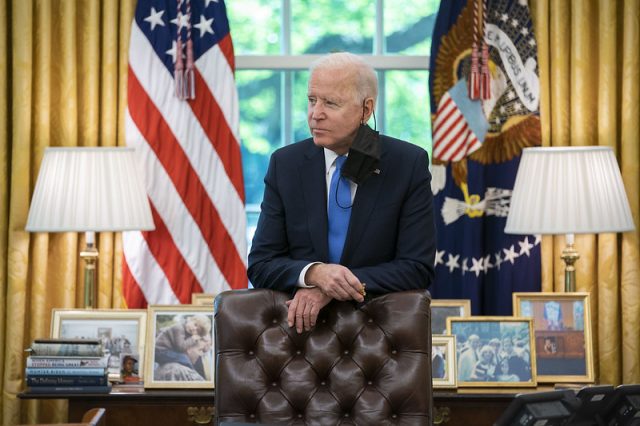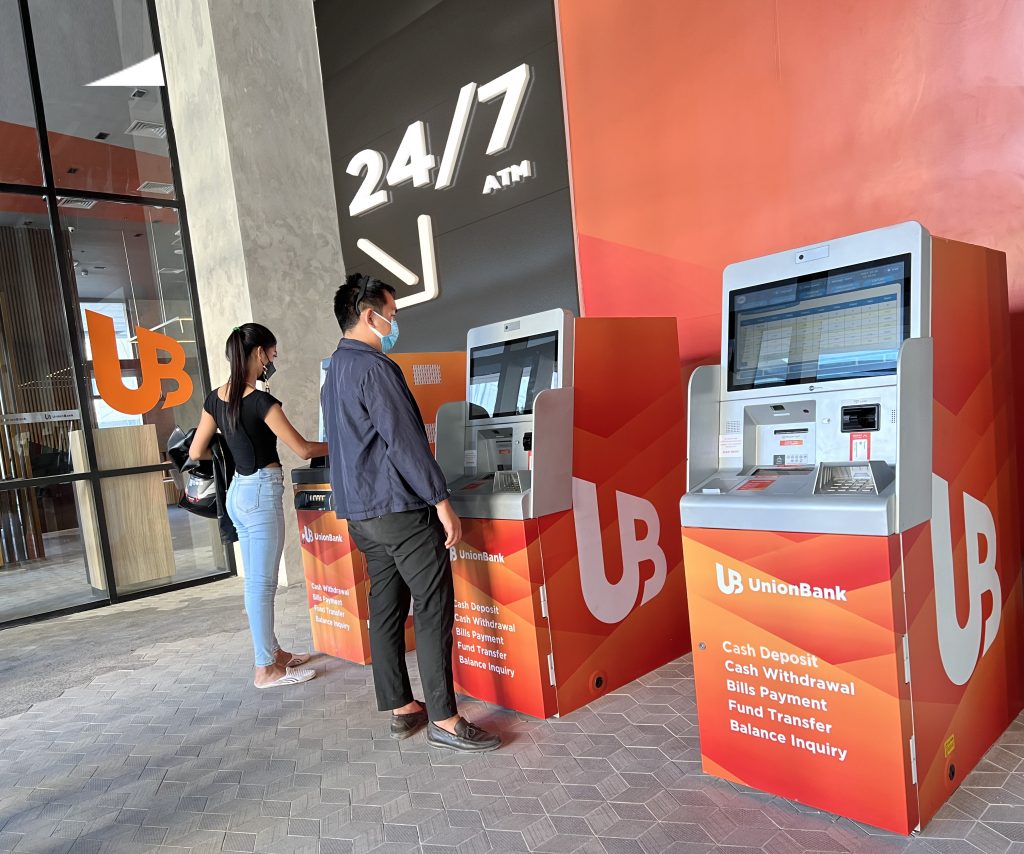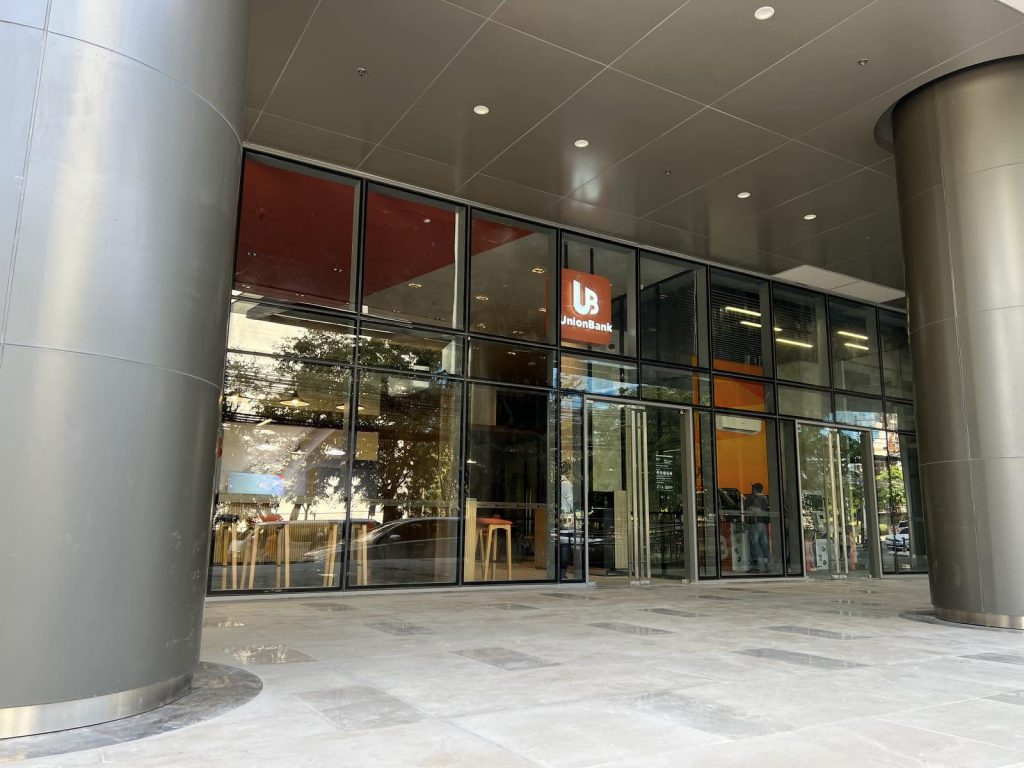A growing sense of agency are among the human behavior trends shaping 2022
By Patricia Mirasol
Five major shifts in human behavior will shape the world coming into the new year, according to the Fjord Trends 2022 report by Accenture, a global professional services company. The dominant theme – after two years of disruption – is the need to respond to the changes in how people relate to the planet, technology, brands, and each other.
POST-TRAUMATIC GROWTH
An era of post-traumatic growth has taken shape this pandemic, the report found. It is manifesting in greater personal strength, stronger spirituality, deeper relationships, a more profound appreciation for life – and a growing agency enabled by side hustles. Today, for example, two million of the estimated 50 million plus creators on YouTube, Instagram, and Twitch make six-figure incomes from revenue models such as advertising, paid subscriptions, merchandise, or live and virtual events.
Companies no longer only compete with each other. They also compete with everything else individuals want to do with their lives outside of work.
The five report trends will challenge business leaders to rethink their approach to design, innovation, and growth, said Bronwyn van der Merwe, Accenture Interactive’s Asia Pacific (APAC) design lead and general manager for Fjord APAC.
“Against the growing sense of agency that people have over their lives and changes in employee expectations and mindset, companies across industries must look inward and act immediately on any weak spots within their organization that might drive employees to quit,” she said in an e-mail to BusinessWorld.
Ms. Van der Merwe pointed out that among the companies that have responded to this change are software corporation SAP and graphic design app Canva, both of which provide flexible work environments and options.
CARE-FOCUSED LEADERSHIP
Staff retention hinges upon how organizations improve wellbeing across the board, the report also found. Worldwide, the pandemic has yielded a willingness to dialog on mental health challenges.
Examples of businesses that address this need are online fashion retailer Zalora, which gives full-time employees mental health benefits, and hotel booking platform RedDoorz, which provides counselling sessions to its employees in Singapore, Indonesia, and the Philippines.
Ms. Van der Merwe further shared that Accenture offers its employees tools like Thriving Mind, a self-directed learning experience for mental health.
“How organizations design for all aspects of care – thoughtfully, with inclusivity and accessibility, with the right balance between physical and digital, and always having the individual’s best interests in mind – will be an important differentiator and a source of competitive advantage,” she told BusinessWorld.
VALUES-DRIVEN CONSUMPTION
The other three behavior trends found by the report are the shift from immediate consumer gratification to a greater consciousness about the environment; the burgeoning cultural explosion in the metaverse; and the expectation to get answers at the moment of interaction.
“As consumers overhaul all of their relationships, brands will be faced with two big responsibilities: taking care of the world today while also building its future in a way that’s good for the planet, for business, and for society,” said David Droga, CEO and creative chairman of Accenture Interactive, in a press statement. “The key lies within deeply understanding the impacts of those relationships and aspirations and converting them into potent business strategies that drive relevance and growth.”
Businesses, as per the report, need to protect brand reputation by synchronizing marketing, customer service, and the supply chain. They also have to make strategic choices on how they answer customer queries in a way that builds trust.
As values-driven consumption continues to rise, brands likewise need to design for the balance between affordability and sustainability. This, the report said, presents an opportunity for brands to break new ground.
“Companies that offer ‘regenerative business,’ whether using recycled materials to create new products, or simply providing restoration services that extend a product’s life, will take the lead over their competitors in the coming years,” said Kelvin T. Si, Accenture Interactive’s delivery lead in the Philippines, in another e-mail to BusinessWorld.
An earlier Accenture report found that at least seven in 10 APAC consumers look to brands to make it easier for them to buy or consume sustainably, added Ms. Van der Merwe.
“All businesses must think about how they can create a better world in the process of doing business, in a time where supply chains are fragile, natural ecosystems are stressed out, and consumers are looking to brands for direction,” she said.
Fjord Trends 2022 is crowdsourced from across Accenture Interactive’s worldwide network of about 2,000 designers and innovators in more than 40 locations.




